Teaching notation for music can often be done in a vacuum. We teach the music notes, but how often do we apply it into songs before, during and after focusing on the new note values? Today I wanted to give you some useful suggestions of tools you can use to make writing music more of an every day activity in your classroom. Many of the posts I have done in he past focus on big projects like my Composer Fair, but not all music note writing has to be a project.
Why Is Music Notation Important?
You might wonder, why is it important that I be teaching music notation. Learning to read music notation is important for the same reason it is important to learn to read and write language. It allows us to communicate. Musicians can write their musical ideas down, or read the musical ideas of others.
While plenty of musicians are able to create great music without being musically literate, they are blocked off from an entire form of collaboration with others by not having this form of communication. While musical literacy might not be the FIRST goal you pursue with your students, I would argue that it should be one of your goals they achieve before leaving elementary school.

Tips for Teaching Music Notes To Elementary Students
Previewing Music Notation
Start by showing music notation before students have learned it. This is a pre-reading skill. Students can see that music is communicated through written notes. You might show how they go high and low, or how long and short notes have a different look. Or you might point our nothing at all and simply model reading.
Learning Music Notation As a Class
At some point you will most likely start directly focusing on specific notes values or pitches that you want to teach. Students will read them as a class or practice writing them.
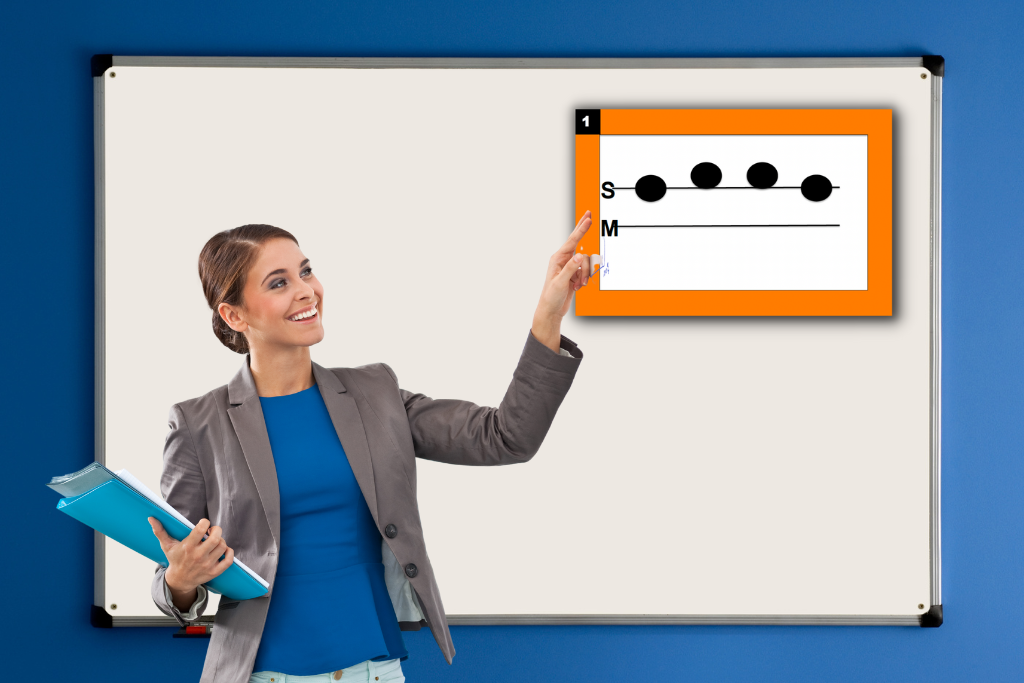
Applying Music Note Writing
Once students know the notes, it’s time to start tying in that knowledge to songs and activities you do going forward. Here are just a couple ideas of how you might have students read and write music going forward:
- Read rhythms or pitches in a song
- Create a rhythmic or melodic ostinato
- Write a song using pre-made rhythm or note cards
- Decode a secret rhythm or pitch series
Ways to Quickly Practice Notation for Music
Whiteboards
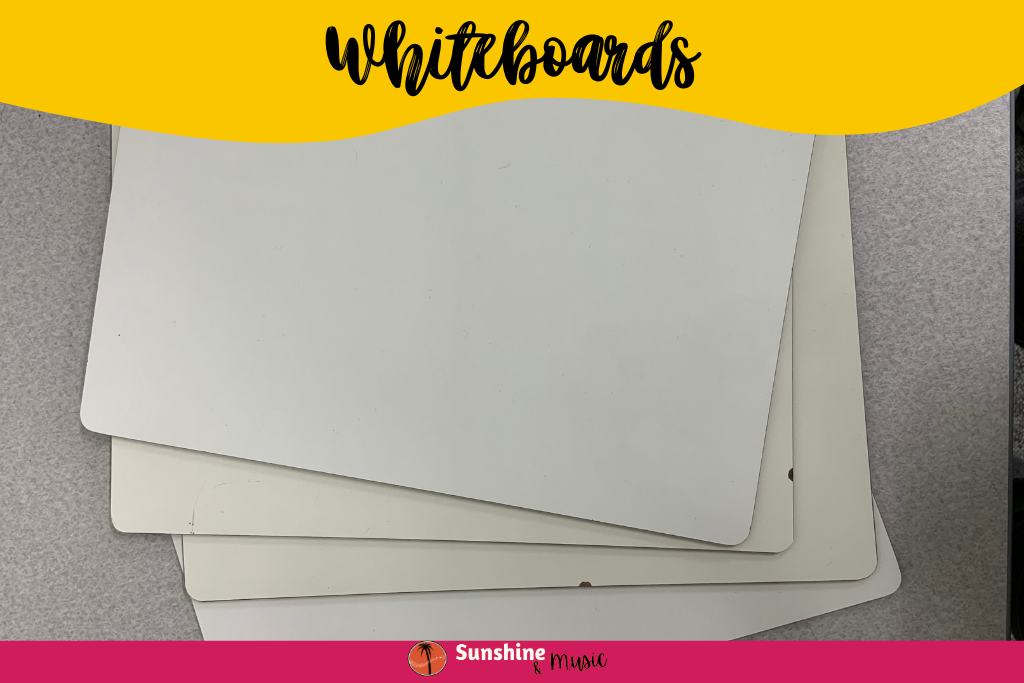
These are really pretty inexpensive. I bought mine from US Toy (I don’t think they have them anymore). I’ve also seen them from Blick (an art supply company) for cheap. I have used these mostly for rhythm. We practice copying down new types of notes. We use it for rhythm dictation. And we use it for composing.
Example Activity: Have students work in pairs. One is partner A and one is partner B. Have each create a rhythm using notes they know. Then, have them combine their rhythms and create a form, such as AABA and perform their song.
You can extend way further with this idea, but there is the basic outline.
Laminated Staffs and Bingo Chips
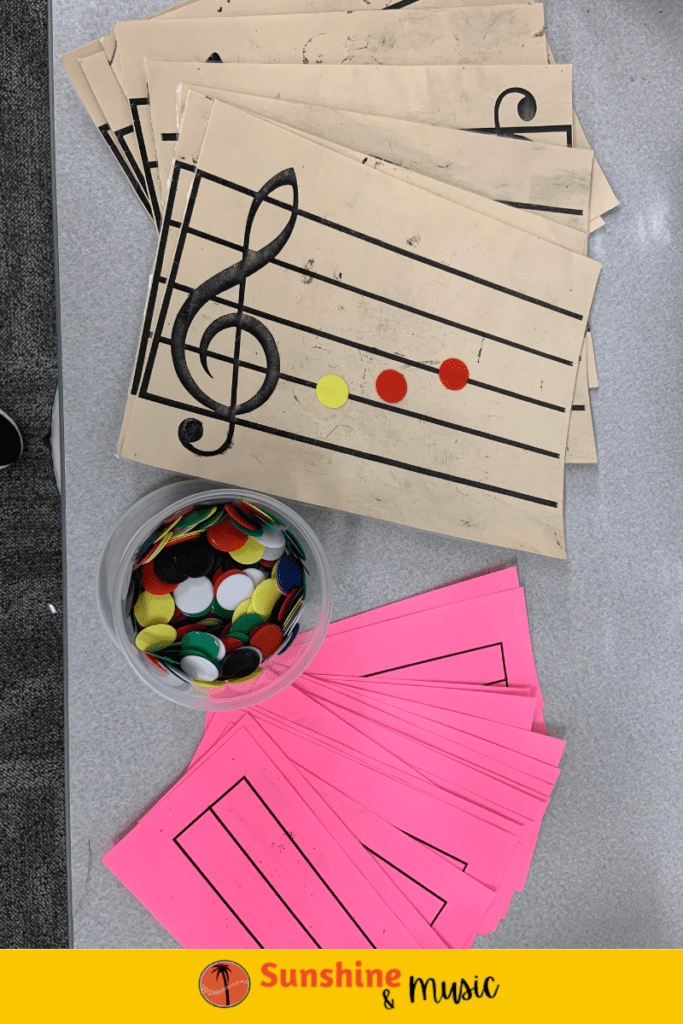
These are great for working with solfege on the staff or for talking about letter names. Right now my third graders are learning where BAG are on the staff. We started by placing B, then A, then G on the staff. Then copying down BAG patterns (such as BAG, GGAA, etc). Then we wrote out the two patterns from Hot Cross Buns (we were working in partners) and we had each partner in charge of playing their part of Hot Cross Buns, then we swapped staffs and swapped parts. Next week we will be able to use them to compose a NEW ending to Hot Cross Buns (I recommend going from playing on recorder and THEN to writing on the staff. Here’s what I mean: have the kid play a new ending, for example, GGAG. Then, have the class try and write GGAG on their staff. Then go over the answer.)
Poker Chip Rhythms
I actually went over these in one of my posts this month so I’ll just refer you back
Word Rhythms
I’m mostly focused on actual notation, but here is are a couple times that I have made use of word rhythm compositions.
Rhythmic Building Blocks
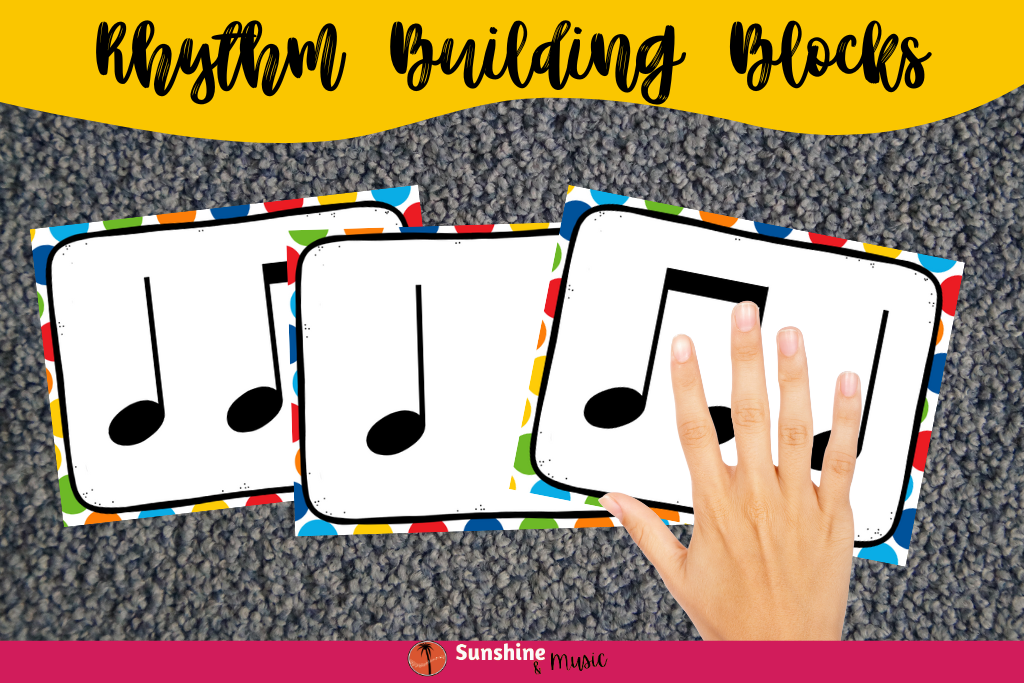
Having rhythm or pitch cards with basic notes on them is a great starting point for many students. They can rearrange the cards to create their own songs or use it to notate rhythm or notes that the teacher sings or even patterns they hear in a song.
More Helpful Posts about Notation for Music
Quick and Easy Music Assessment – use the tips from this post to assess your students without disrupting your class’s fun and flow
Composer Fair – show off your student work with a end of year project for parents to see
Music Notation Resources
Music Writing Bundle – worksheets for reading and writing rhythms and pitches plus song writing templates for a variety of grade levels

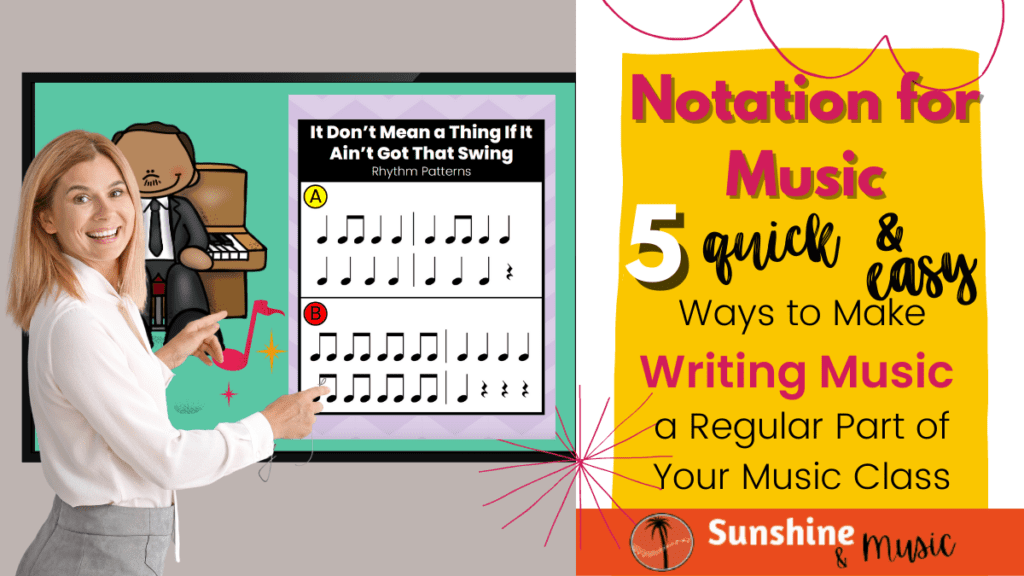



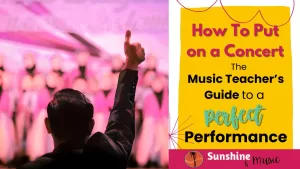


One Response